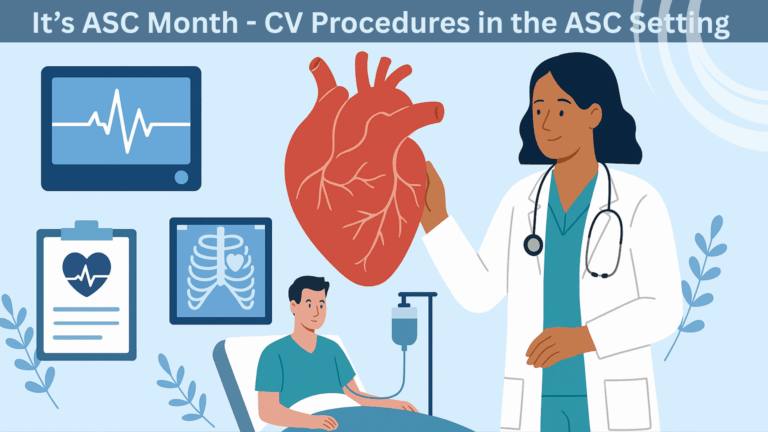Treating Peripheral Vascular Disease
Within the past 30-40 years, there has been a technological revolution in the treatment of peripheral vascular disease. Unfortunately, the healthcare industry has not always kept up with the advancements in care and in some areas, has fallen far below the potential level that is achievable. The impact on the industry is immense in terms of costs and patient outcomes, which is reflected in adverse patient events, extended lengths of stay, increased readmission, and higher complication rate leading to additional associated treatments. The sobering fact is that peripheral artery disease (PAD) is the third leading cause of morbidity due to atherosclerotic vascular disease and currently affects approximately 202 million people worldwide.
The main contributing factors to the industry gap are a lack of public awareness, failure of early diagnosis, and inconsistencies in treatment plans. As a result, many patients do not receive treatment until they are in an advanced disease state or are at the end stages of PAD with chronic limb-threatening ischemia (CLTI). Once the disease has advanced to this level, amputation is often the only remaining option. It is important to realize the impact that a lower limb amputation has on the quality of life for the patient, as it not only affects the patient’s socio-economic status and impaired mobility but also has a systemic effect on the body. A patient will experience phantom limb pain, muscle contractures, fatigue, psychological issues with confidence and self-esteem, and increased fall risk due to changes in their center of gravity.
Although there are few studies that focus on the link between lower limb amputation and morbidity, the prevailing belief is that it is due to the advancement of vascular disease and the associated comorbidities. One-year mortality and morbidity rates post lower limb amputation are reported to be up to 50% of the patient population.
It is well known that the contributing risk factors for vascular disease are smoking, diabetes mellitus, hypertension, and hypercholesterolemia; all of which are manageable and easily diagnosed. The question is if all these contributing factors are identified as links to advanced vascular disease and why are these patients only receiving treatment in the advanced stages? Where and why is there such a disconnect? Peripheral vascular programs must progress to the level of care that is available for this patient population. The answer is, as always, found within the processes in place for QA/AI (quality assurance/quality improvement). A good QA/QI program will take into consideration the program processes and not only identify gaps and opportunities but will create the framework for improvement.
How to Establish a Successful Peripheral Vascular Program
Early diagnosis leads to a wider range of treatment options, yet peripheral vascular diseases are often not identified until they have reached the advanced stages. A successful peripheral vascular program will address this opportunity through community outreach and education that includes smoking cessation. It is essential that a peripheral vascular program incorporates a team approach between the facility and referring PCPs and Podiatrists. These physicians are the first line of communication with the patients, so it is imperative that they make the connections between the contributing factors and peripheral vascular disease. There must be professional relationships between the first-line providers and the vascular physicians (vascular surgeons, interventional cardiologists, and interventional radiologists). The second leg of a successful program involves an early screening process. If a patient is determined to be at elevated risk for peripheral vascular disease through the presence of the aforementioned risk factors, patients should receive early PAD net screening to create a baseline and periodic testing to determine the progression of the disease. PAD net testing is inexpensive, simple to perform, and identifies arterial blockages and the quality of blood flow through the evaluation of pulse volumes and blood pressure. The equipment does not require much space and is easily portable, making it ideal for community outreach programs.
Early identification through screening will lead to timely treatment with a wider range of treatment options, reduction in complications, lengths of stay, readmissions, amputations, and lowered overall costs, coupled with increased patient volume, and most importantly a higher quality of life for the patients.
There is still so much work to be done and it may seem daunting, but it is definitely achievable. PVI accreditation through Corazon is a great way to meet the challenge. At Corazon, we will help you reach your goals to successfully grow your PVI program and in turn allow more patients to receive treatment before they show up in your emergency room with CLTI (chronic limb-threatening ischemia). When your program is backed with the Corazon Accreditation Seal, you will gain credibility within your community which will subsequentially improve professional and patient relationships. There is so much to gain, and it won’t cost you an arm, or a leg.
Author: Joyce Froetschel

 company
company 
 (412) 364-8200
(412) 364-8200





























